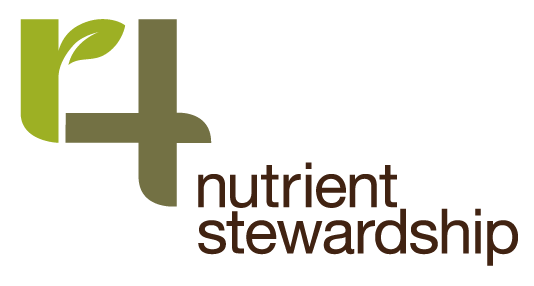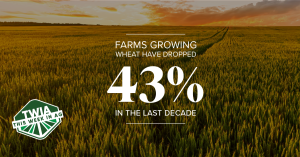

HUMA GRO® agricultural products use our proprietary Micro Carbon Technology® to help move nutrients into the plant, promote the growth of roots and benefit microorganisms in the soil as well as reduce the amount of product needed to accomplish maximum results. HUMA GRO® offers complete crop programs that implement the 4Rs with a full line of crop fertility products. The “Right Time” to inquire about a tailored crop program that follows Nutrient Stewardship is “Right Now.” Contact us.
Related Posts

Making Memories by Making Hay
Making Memories by Making Hay A nostalgic look back at the labor, sweat, and family memories made during hay season — from hand-stacking square bales to the arrival of the game-changing round baler.

This Week in Ag #60
“They’re on 30s, we’re on 36s.” The cultural practice of row width is often as defining to a farm as the color of tractors they drive. Row width speaks to how far apart you plant your rows. This can vary greatly depending on the crop, geography, agronomic challenges and what the farmer wants to achieve. Here’s a look

2014 BHN World Conference
The Bio Huma Netics Inc. (BHN) 2014 World Conference will be held on the 11 – 14 of November, located at the DoubleTree Hotel in Gilbert, Arizona! This year’s theme is “Live the Life of Abundance”. The basic breakdown of the schedule is on Tuesday attendees will arrive and settle in with a welcome dinner.

